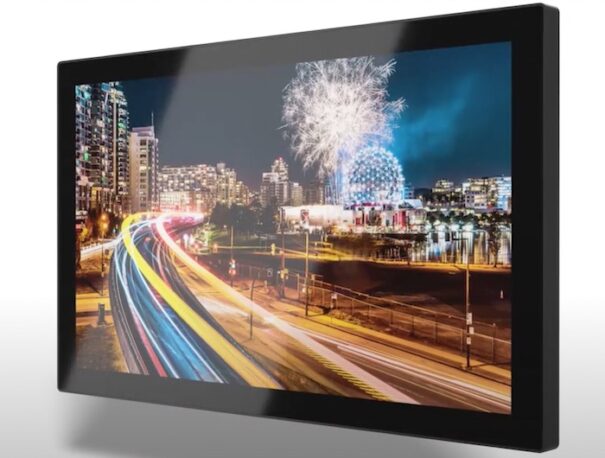Hannsprese advocates transforming the physical store with visual experience
Generar interacción y que el cliente sea parte de la experiencia son algunas de las ventajas del comercio minorista ‘phygital’, que el fabricante de monitores y pantallas ‘open frame’ para retail Hannspree analiza a continuación.
La compra en el establecimiento sigue siendo esencial, a pesar del auge del consumo online. A escala global, he 72% de los consumidores considera la tienda física como su método de compra principal, según un reciente estudio de la National Retail Federation de Estados Unidos en asociación con IBM.
A medida que las ventajas de la compra online se hagan más evidentes, los minoristas necesitarán que los clientes continúen acudiendo a sus establecimientos, y es por ello que la innovación relacionada con las pantallas digitales comienza a ganar fuerza.
 In this sense, los minoristas que apuestan por implementar soluciones tecnológicas centradas en el cliente son las que se posicionan mejor para captar la atención del consumidor en tienda y, por ello, apostar por pantallas integradas para ofrecer nuevas experiencias de visualización e interacción con el público aporta un valor inmenso.
In this sense, los minoristas que apuestan por implementar soluciones tecnológicas centradas en el cliente son las que se posicionan mejor para captar la atención del consumidor en tienda y, por ello, apostar por pantallas integradas para ofrecer nuevas experiencias de visualización e interacción con el público aporta un valor inmenso.
En este aspecto, los compradores son favorables a las nuevas experiencias que les brindan una mayor personalización. In fact, un estudio de Accenture desvela que los clientes gastan un 48% más cuando su experiencia de compra está personalizada. Besides, las tiendas pueden aprovechar la información obtenida para impulsar sus ventas y servicios adicionales.
Puntos clave del comercio minorista ‘phygital’
Apostar por el comercio minorista phygital implica combinar tres elementos: inmersión, inmediatez e interacción, that is to say, que el cliente sea parte de la experiencia; que los compradores reciben el mensaje correcto en el momento adecuado, y que puedan tocar, sentir e interactuar con los productos, respectively.
Esta experiencia solo es posible conseguirla en la tienda, pero para ello es necesario apoyarse en las numerosas ventajas que ofrece el canal digital. Ya no sirve solo con utilizar la tecnología para señalizar o informar, sino para dar respuesta a las necesidades del comprador que ha decidido desplazarse hasta dicha ubicación.
For example, un establecimiento podría contar con escaparates digitales que, además de captar la atención del comprador, tengan la capacidad de interactuar con el cliente. También es posible utilizar las pantallas para crear un ambiente específico o incluso como un medio de transmisión de eventos en vivo.
Integración de pantallas en retail
Las posibilidades son casi infinitas según cada empresa y sector. According to Hannspree, especialista en soluciones de pantallas open frame destinadas a transformar la experiencia visual en tienda física, los sistemas visuales interactivos son el futuro del comercio minorista.
Specifically, las pantallas interactivas son un valor tanto por su capacidad para ofrecer personalización a cada cliente, como facilitar a los negocios adelantarse gracias a la recopilación de datos. For example, un comprador puede buscar un producto o solicitar una talla específica de un artículo de moda a través de una pantalla táctil instalada en el probador.
Los minoristas deben estudiar detenidamente la experiencia de compra para encontrar dónde hay fricción y, en la medida de lo posible, minimizarla con tecnología.
Nevertheless, según Hannspree existe una delgada línea entre el uso de la tecnología para refinar la experiencia del cliente y el uso excesivo de herramientas digitales que eliminan el toque personal que desean los compradores. Calibrar la implementación es fundamental.
El término phygital define el futuro de la experiencia en tienda física. Las pantallas y sus imágenes inmersivas son fundamentales para reimpulsar las sensaciones en retail, creando entornos más convenientes, rápidos y atractivos. El entretenimiento a través del contenido también es determinante para conformar el denominado shoppertainment, que combina las ventajas del mundo físico y digital para que el cliente no solo vaya a la tienda a consumir, sino también a entretenerse.
You liked this article?
Subscribe to us RSS feed And you won't miss anything.















